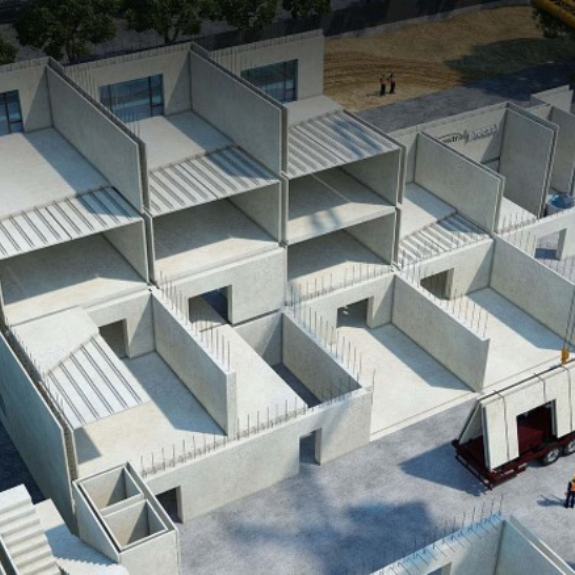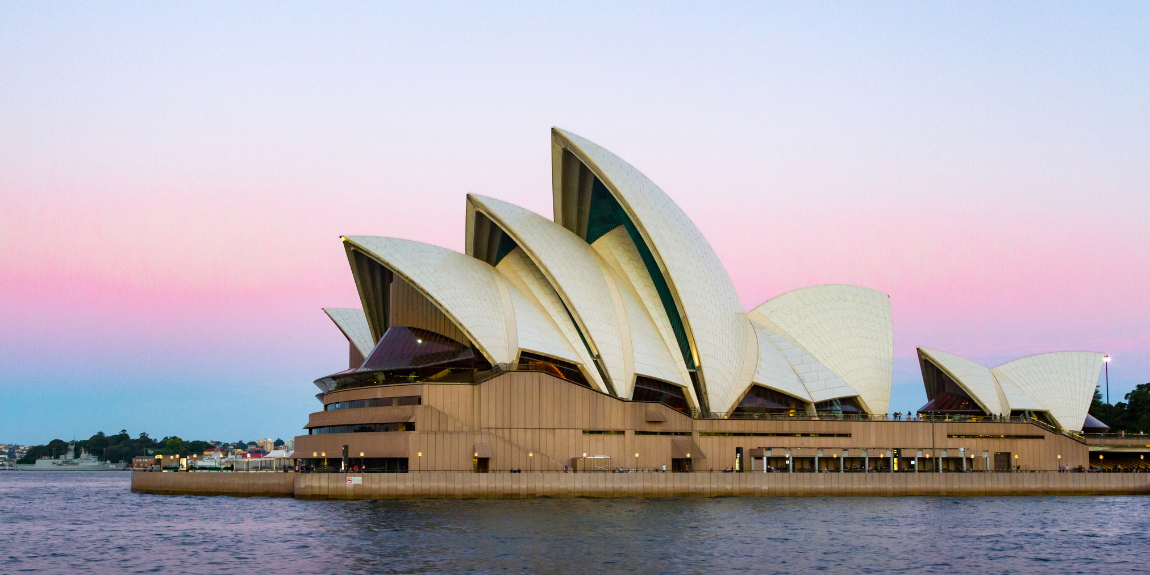Sustainable Building Solutions – Precast Concrete
Well-known for its functionality, durability, and longevity, with the need for minimal repairs and maintenance during its life span, concrete is understandably one of the most common building materials in the world.
However, the traditional concrete industry has been responsible for about 8% of global carbon dioxide emissions, making it the second-largest industrial emitter of greenhouse gases.
Something has to change…
As we’re all working towards construction efficiencies and the government’s net zero targets, at Ora Labora we would always recommend precast concrete as a sustainable alternative to traditional concrete construction.
What is precast concrete?
Precast concrete is a construction product that is prepared, cast in moulds, and cured off-site. Typically produced in a highly controlled environment, precast concrete employs a much greater level of uniformity of production and quality control than conventional methods. After the customised element is manufactured, it is then transported to the construction site and lifted into place.
What are the key benefits of precast concrete?
Whilst we can’t claim any involvement in the building of the Sydney Opera House, this incredible feat of engineering was created using precast concrete and it serves as a great example of why the material was used:-
SUSTAINABILITY
- According to the Precast/Prestressed Concrete Institute, precast concrete can reduce CO2 emissions by up to 25% when compared to traditional concrete.
- Precast concrete is manufactured under controlled conditions in factories, generating less waste on-site.
- The moulds can be used multiple times.
- Precast concrete buildings are more energy efficient than traditional buildings. The material is a good insulator, helping to keep buildings cool in the summer and warm in the winter.
- Precast concrete can be recycled at the end of its lifespan, helping to reduce the amount of waste sent to landfill.
- The materials used in precast concrete can be locally sourced, including the cement, the coarse and fine aggregates, and the steel, which reduces shipping waste and overall carbon footprint.
- Construction time on site is reduced, contributing to the reduction in emissions.
DURABILITY
- Precast concrete is a very durable material that can withstand harsh climates, including that of Australia.
- The Sydney Opera House is located on a site that is prone to flooding and earthquakes, so it was important to use a material that could withstand these forces.
COST EFFECTIVENESS
- Precast concrete is a relatively inexpensive building material, which was important for a project of this size. The Sydney Opera House was built on a tight budget, so it was important to find ways to save money.
SPEED OF CONSTRUCTION
- Precast concrete components can be prefabricated in a factory, which can reduce the construction time on-site. This was important for the Sydney Opera House, as the project was already behind schedule.
DESIGN FLEXIBILITY
- Precast concrete can be moulded into a variety of shapes, which gave the architects more freedom to design the building. The Sydney Opera House is a very unique building, and precast concrete allowed the architects to create its distinctive shape.
SAFETY
- Precast concrete was also used in the Sydney Opera House because it is a fire-resistant material. This was important for a building that that’s used for public performances and other events.
- Precast concrete components are often lighter and easier to handle than traditional construction materials. This can help to improve safety on the construction site, and it can also reduce the risk of injuries.
IMPROVED QUALITY CONTROL
- Precast concrete components are manufactured in a controlled environment, which helps to ensure that they meet high quality standards. This can help to reduce the risk of defects and failures, which can further improve the sustainability of the building.
Overall, precast concrete was a good choice for the Sydney Opera House because it is a durable, cost-effective, and versatile building material. It allowed the architects to create a unique and iconic building that has stood the test of time.
Which applications can precast concrete be used for?
Precast concrete can be used to make beams, columns, foundations, floor slabs, staircases, wall cladding and façade features.

Precast concrete ticks all of the boxes for planners, architects and builders that are looking for sustainable construction solutions that enable architectural creativity, longevity, safety and construction efficiencies.
For material recommendations and structural engineering support for your next building project, give us a call on 01733 602844 or email hello@oralabora.co.uk.


